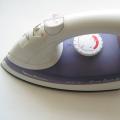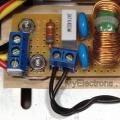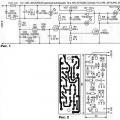What are surge protectors for? Why does their installation save household electronic devices? How necessary is this device in the AC network? And, in general, a surge protector - what is it? These questions today concern many ordinary people who are faced with the problem of incorrect operation of household appliances and even their complete shutdown in some situations. Therefore, let's talk about this device and understand its functionality, at the same time we will answer the question, why do we need a surge protector?
A bit of theory
It is known from the school physics course that the alternating current in the house network is sinusoidal. That is, the current strength and its voltage change in a sinusoidal manner, where the central axis around which the oscillations occur is time. These vibrations are symmetrical. So, in 1 second, the difference in voltage values falls within the limit from +310 V to -310 V. And these oscillations occur 50 times per second, which is the voltage of 220 V. 50 oscillations are measured by hertz. By the way, in foreign networks this figure is 60 hertz.
Of course, the symmetry of vibrations is an ideal that our networks are far from. Jumps, pulses, distortion of a sinusoid in length and height - this is just a small part of what is happening in our AC networks. The end result of such a leapfrog is the failure of household appliances. Most often, televisions, computers, stereos, radio telephones and others suffer from this.
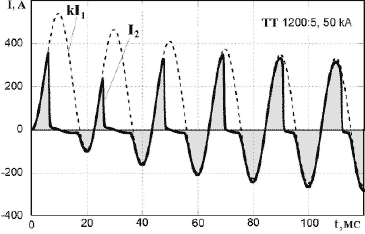
What is the reason for the distortion of the sinusoid?
- Atmospheric overvoltage.
- Start or stop of powerful electrical consumers. For example, a water pump that is used to water a garden or vegetable garden.
- Short circuit in the substation on the high side.
- All kinds of transient processes associated with the switching of the transformer.
That is, it turns out that any distortion of a sinusoid is, in fact, a complex of other sinusoids, which have their own amplitude and size. The best option is one sinusoid with a certain wave frequency and amplitude. In this case, the frequency should be 50 hertz, and the amplitude should be 310 volts. All other amplitudes just need to be extinguished.
Impulse noise
All the disturbances described above lend themselves to mathematical explanations. Therefore, they are easy to deal with. But there are others that defy forecasting. These are the so-called impulse noise, or rather, voltage surges that can occur at any time. First, they are short-term. Secondly, when they appear, the voltage rises sharply to high values, which negatively affects the technical condition of household appliances.
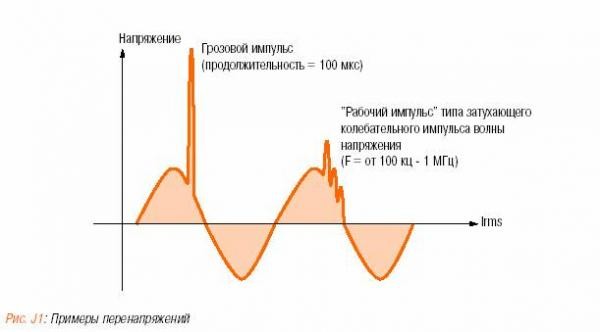
Pulse noise must be suppressed. This is what surge protectors are used for.
Device and circuit
The mains filter circuit is quite simple. In order to understand how this device works, you need to understand how you can extinguish intermittent noise in the network. For example, resistors. The resistance of these devices does not depend on the strength of the current that passes through them. But inductance and capacitance are directly proportional to the current. That is, it turns out that the higher the current and voltage, the more the resistance of the inductor grows.
This quality is used in filters to suppress short-term voltage surges with a large voltage. To do this, you just need to install two inductors in the phase and neutral conductors. By the way, their inductance can be located in a fairly wide range from 60 to 200 μH.
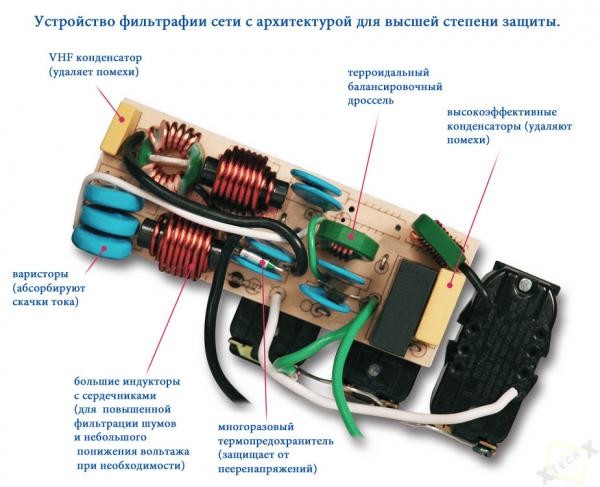
As for the resistors, they can also be installed in a surge protector for a computer or TV.
Attention! Resistors with high resistance must not be used in line filters. This can affect the voltage itself, or rather, its fall. So the maximum resistance of the resistors is 1 ohm.
Experts believe that among all offered models, LC surge protectors are effective today. The thing is that in their design, in addition to inductors, capacitors are also installed. By the way, their capacitance varies from 0.22 to 1.0 μF. It should be borne in mind that the capacitor voltage should be almost twice the mains voltage. This is a reserve in case of a high jump.
Why such a complex scheme?
- "L" is the coil that will equalize the current surges.
- "C" is a capacitor that will absorb high voltage surges.
Back to impulse noise. They can be extinguished using a special semiconductor element - a varistor. In fact, this is a resistor that, in normal mode, that is, at low voltage, has a high resistance and does not pass current through itself. As soon as the current in the network rises to the nominal value (470 V) of the variator, it drops the resistance and passes the current.
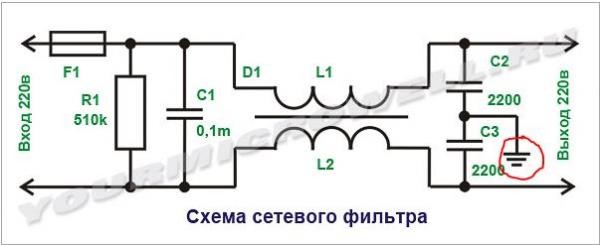
So let's summarize. A surge protector for a computer or other household electronic device in its design must contain:
- Two coils connected in series.
- Condenser connected in parallel.
- Varistor.
- Resistors.
Attention! All elements must be strictly selected for the load in the network. That is, the rated current of the elements is adjusted to the power consumption of the household appliance. This will be important for those who decide to assemble the surge protector with their own hands.
What's in practice?
Firstly, let's start with the fact that for such household appliances as an electric kettle, stove, hairdryer, iron and others, that is, for powerful units, power surges, and even more impulse voltage distortion, are not interference. They do not affect their correct operation, and the quality of operation does not suffer from this. That is, they do not need surge protectors.
But all other devices (TVs, computers, music centers, etc.) need a filter. True, all of these devices consume minuscule energy, so a small device of several amperes will be sufficient.
By the way, it should be noted that the bulk of the filters used in everyday life are not as such. It's all about the design, in which only a varistor is installed, and a small contact switch, it turns off the network at high voltage levels. In fact, this is an ordinary bimetallic plate. Making a real filter out of this device is not a problem. You will have to arm yourself with a soldering iron and purchase the necessary parts.
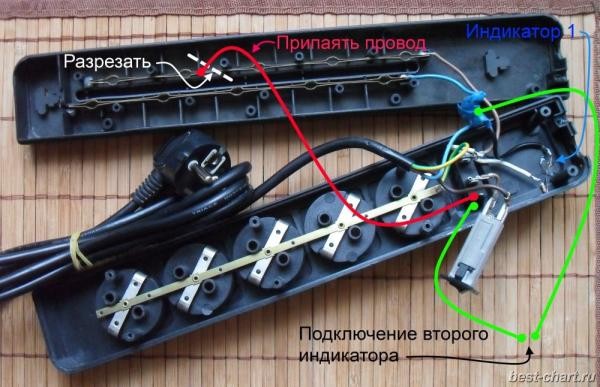
Attention! Note that high capacity coils designed for heavy loads are bulky and expensive. Therefore, there is no need to use them in household filters.
How to choose the right one?
So, the question of how to choose a surge protector is quite common. Therefore, there is a need to analyze the main selection criteria and determine which surge protector is better.
- Impulse distortion absorption rate. This indicator is measured in joules. Usually it is indicated both on the packaging and on the body of the device. In this case, the larger it is, the better, because such a filter will extinguish high impulse voltage surges.
- Number of outlets (varies from one to eight).
- Supply wire length. In principle, surge protectors perform two functions at once: protection and extension cord. So the length of the wire is the usability.
- There are models with telephone connectors. It can be one connector or several. The second option is preferable. You can simultaneously power up your phone, modem, fax.
- The presence of a light indicator. It shows that all filter elements are working.
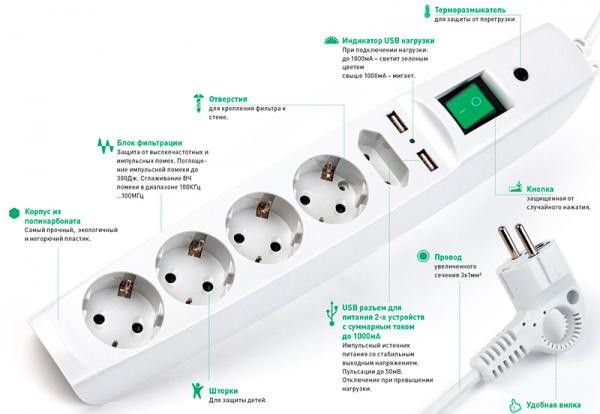
The choice of a surge protector also depends on where it will be used. That is, at home, in the office or at work. If we talk about home models, then these are compact devices with five outlets. Some manufacturers install both a general switch and separate switches for each outlet, which is very convenient. There are filters with six sockets, in which the sixth is a socket for non-standard adapters.
Conclusion on the topic
So, in this article, several issues were considered that related to network filters. And the main one is what is a surge protector? Of course, for many ordinary people, the theoretical part was probably not interesting. Although some positions are fundamental, and you need to know them. But the question of how to choose a surge protector is the most important one for ordinary consumers. Therefore, take it into service when you go to the store. And the last thing. Surge protectors are a simple necessity. You should not refuse these devices.
Related entries:


